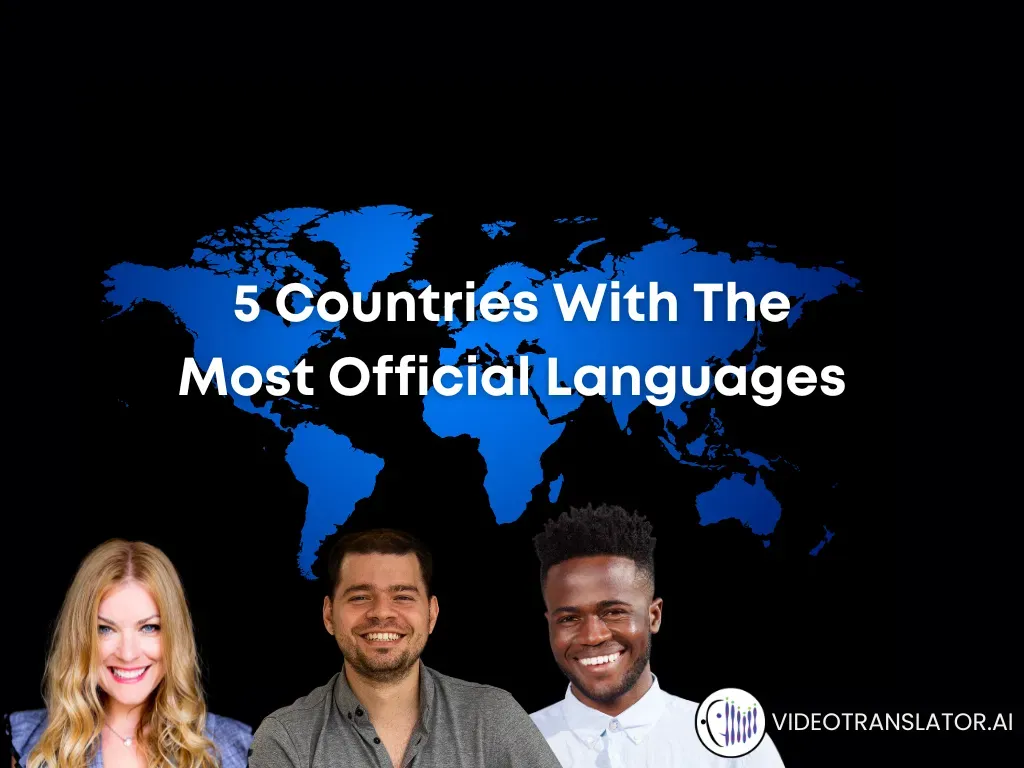Did you know that there are over 7,000 languages in the world?
Yes, 7000!
Although there are so many languages out there, there are only a few countries that have three or more languages as their official languages.
So, what are the top 5 countries with the most official languages and what languages are they? Let’s find out in this article!
What Are Official Languages?
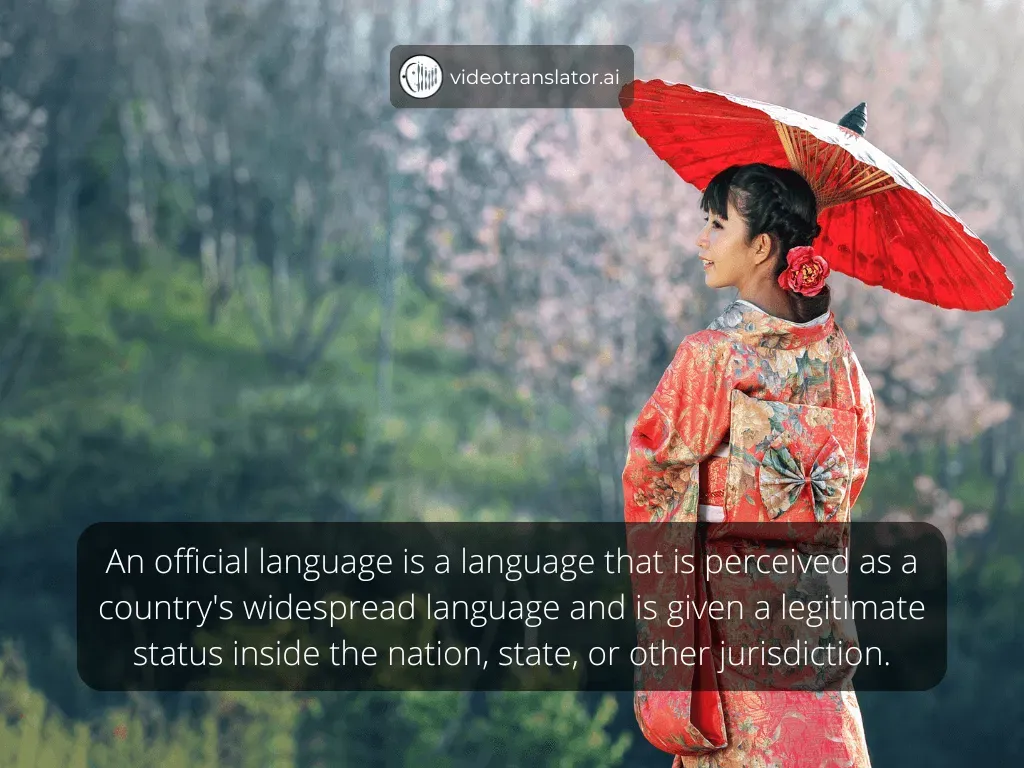
A language that is perceived as a country’s widespread language and is given a legitimate status inside the nation, state, or other jurisdiction is called an official language.
It is often used in schools, government, and media. There are about 170 countries around the world that have at least one official language with English as the most common official language.
An official language is not to be mistaken for a national language.
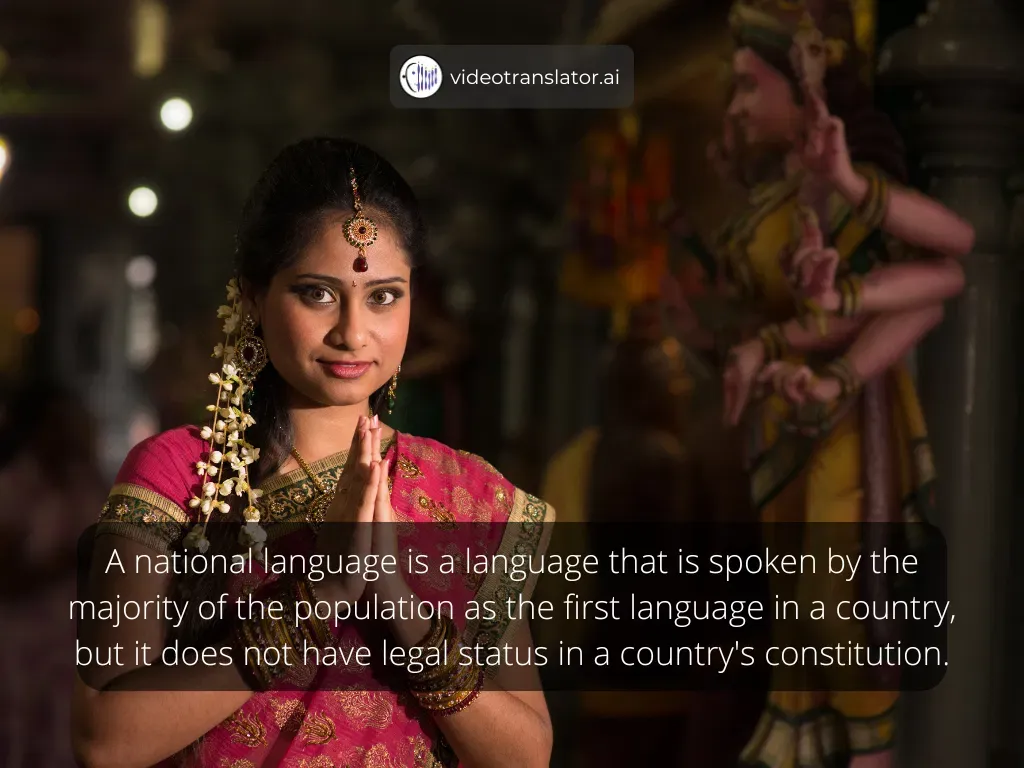
A national language is a language that is spoken by the majority of the population as the first language in a country. However, it does not have legal status in a country’s constitution.
For example, Indonesia has more than 700 living languages. However, it only has 1 official language, which is Bahasa Indonesia.
5 Countries With The Most Official Languages
1 - Bolivia
Located in South America, Bolivia has a whopping number of 37 official languages according to its country’s 2009 Constitution. These languages include Spanish and 36 other indigenous languages, of which some are extinct.
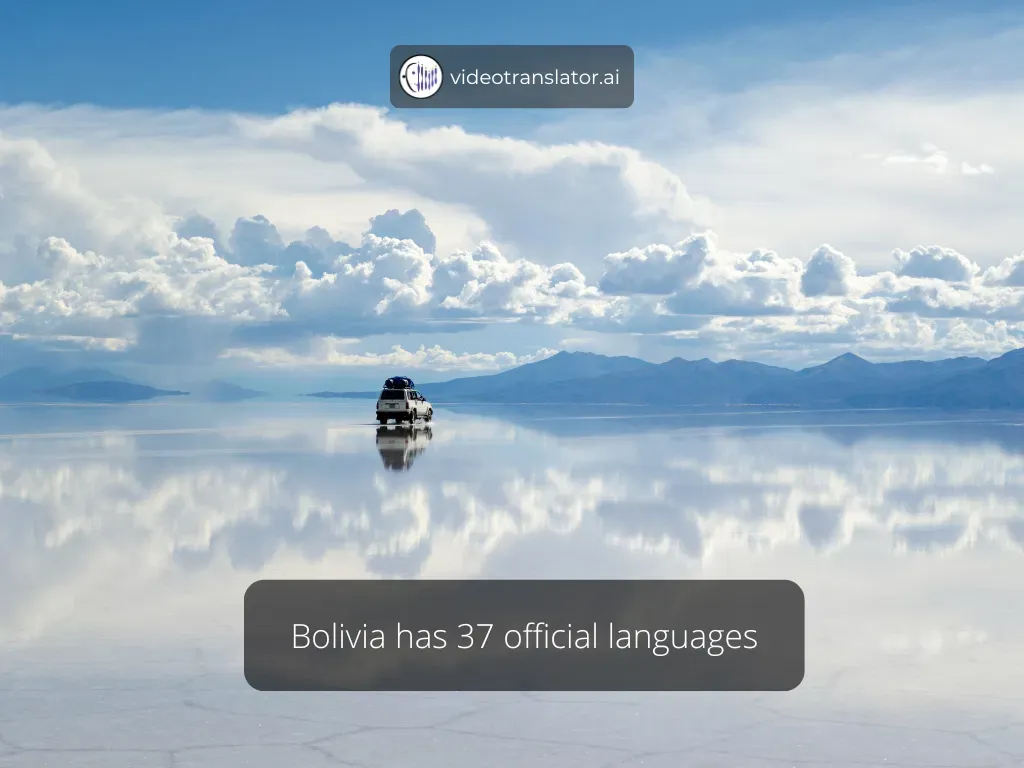
At least two languages are required for the Bolivian government and the departmental governments to use in their operation, one being Spanish, and the other being selected according to the circumstances and the needs of the territory in question.
On top of that, indigenous languages were introduced alongside Spanish in the country’s schools.
The national anthem of Bolivia has been translated into six indigenous languages: Aymara, Bésiro-Chiquitano, Guaraní, Guarayu, Quechua, and Mojeño-Trinitario.
Official languages of Bolivia:
1. Spanish
Spanish is the language spoken by the majority of the population in Bolivia either as a mother tongue (4.5 m speakers) or as a second language.
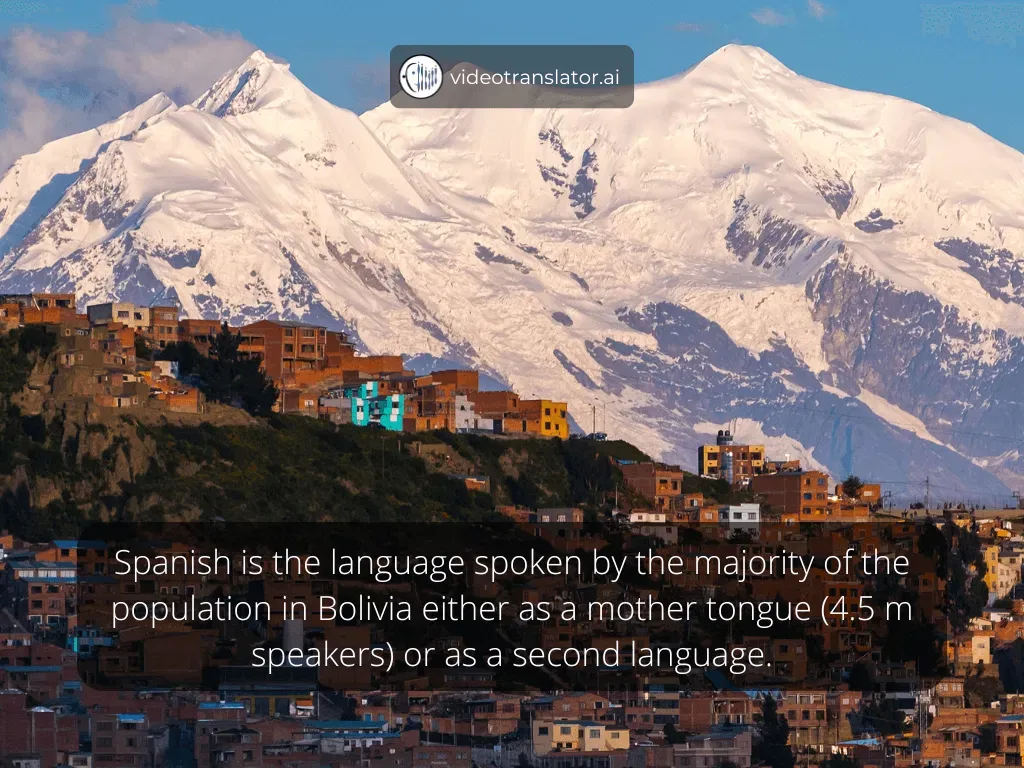
2. Quechua
Quechua is the most popular indigenous language in the country, with more than 2 million speakers. It is primarily spoken by the Quechua people.
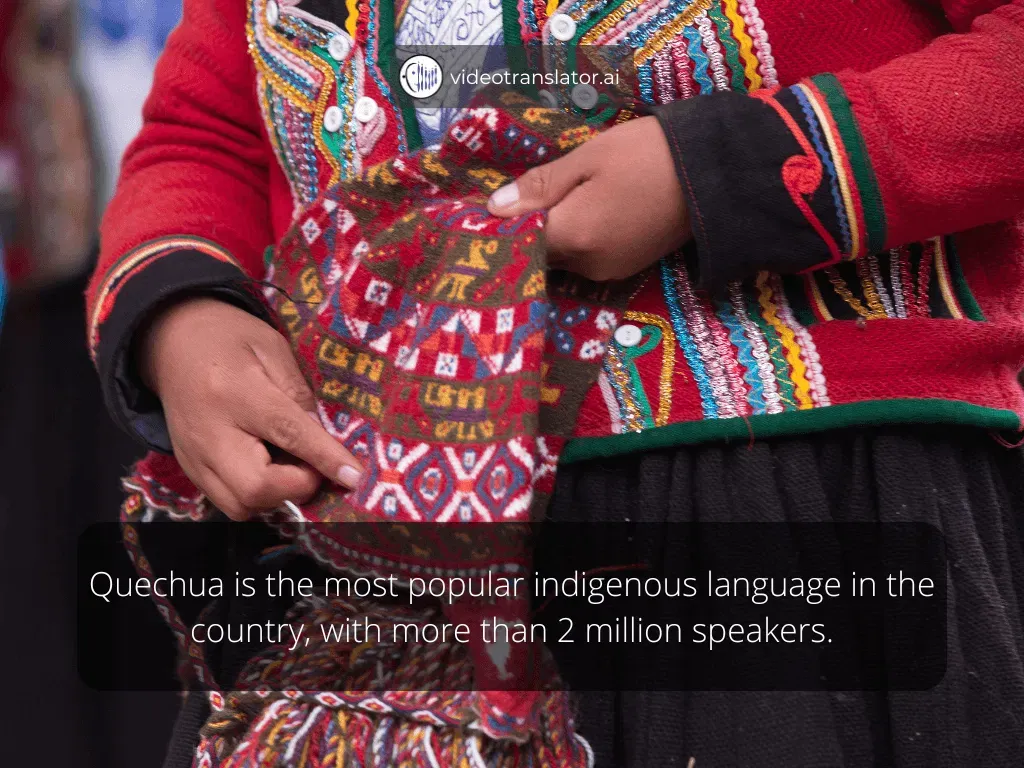
3. Aymara
Aymara is one of only a handful of Native American languages with over one million speakers. Some linguists believed that Aymara is related to Quechua, but the claim has not been proven. The similarities between the languages happen because speakers of both languages have been in frequent contact with each other.
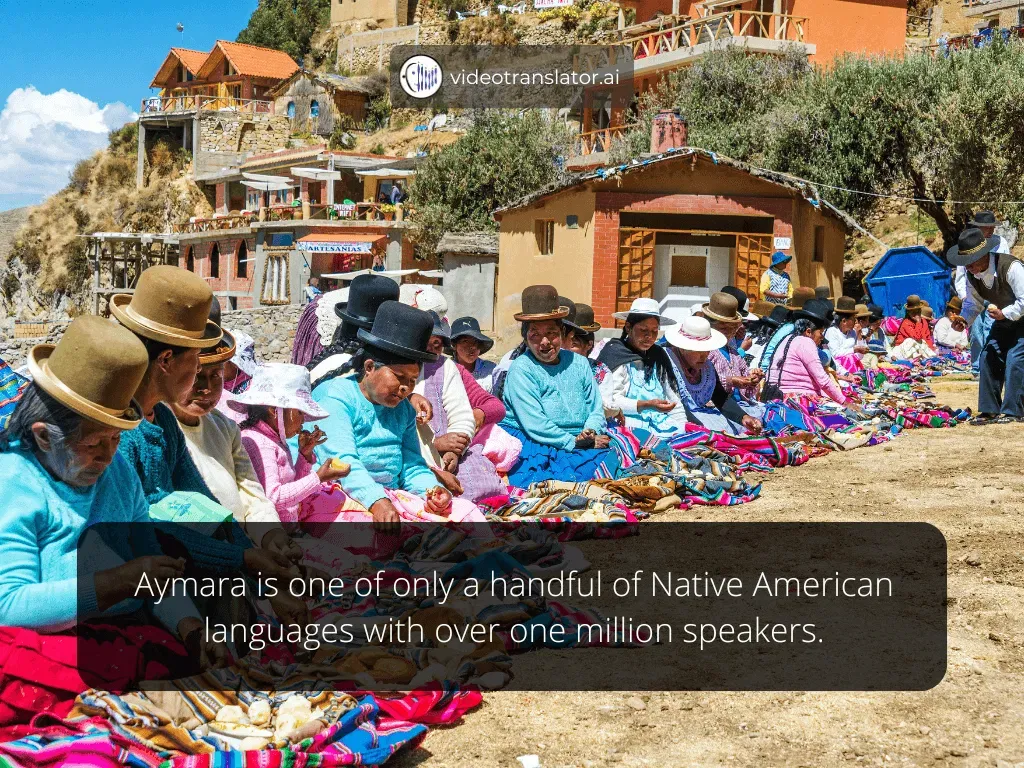
4. Araona
5. Baure
6. Bésiro
7. Canichana
8. Cavineño
9. Cayubaba
10. Chácobo
11. Chimán
12. Ese Ejja
13. Guaraní
14. Guarasu’we
15. Guarayu
16. Itonama
17. Leco
18. Machajuyai-Kallawaya
19. Machineri
20. Maropa
21. Mojeño-Ignaciano
22. Mojeño-Trinitario
23. Moré
24. Mosetén
25. Movima
26. Pacawara
27. Puquina
28. Sirionó
29. Tacana
30. Tapieté
31. Toromona
32. Uru-Chipaya
33. Weenhayek
34. Yaminawa
35. Yuki
36. Yuracaré
37. Zamuco
2 - Zimbabwe
Under Zimbabwe’s original constitution drafted in 1976, the country did not have any official languages. However, in 2013, after a new constitution was drafted, Zimbabwe has 16 official languages.
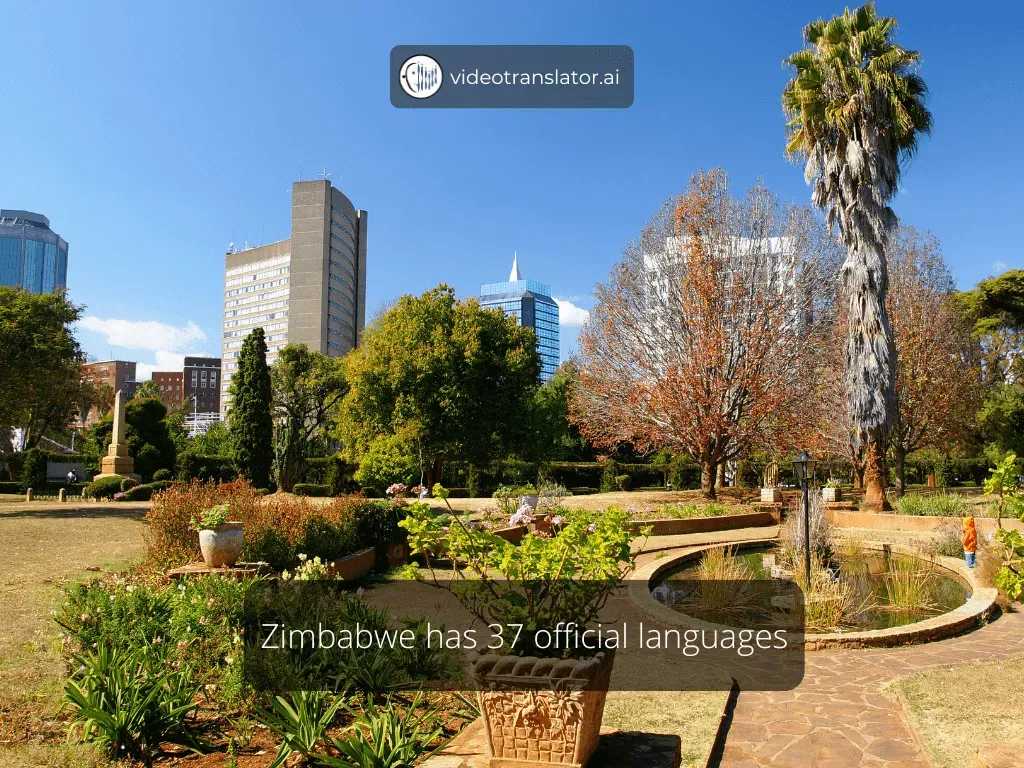
The Constitution requires that Zimbabwe equally promote each of its official languages, including in schools and in government.
A fun fact about Zimbabwe is that, although a new language can be added as an official language, that language cannot be removed from the list.
Official languages of Zimbabwe:
1. English
English was brought by the British colonists in the late 1800s. Although low in native speakers, English is mainly spoken as a second language. It is used to conduct official business and for schooling on top of other languages.
2. Shona
Roughly, about 70% of Zimbabweans speak Shona, due to the historic influence of the Shona tribe and the ongoing importance of Shona culture. Shona is mostly spoken by people in the central and eastern areas of Zimbabwe.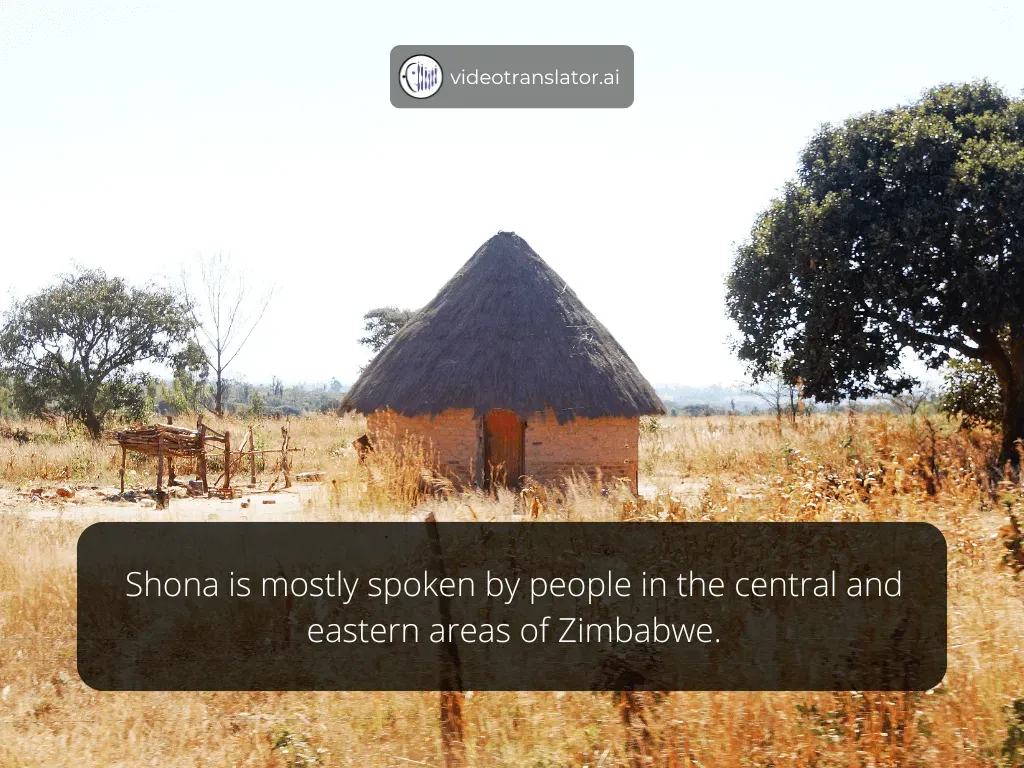
3. Ndebele
With approximately 20% of the population speaking it as their first language, Ndebele is the second most spoken language in Zimbabwe. Ndebele is mostly used in western Zimbabwe, in Matabeleland province.
4. Chewa
5. Chibarwe
6. Kalanga
7. Koisan
8. Nambya
9. Ndau
10. Shangani
11. Sotho
12. Tonga
13. Tswana
14. Venda
15. Xhosa
16. Sign Language
3 - South Africa
Historically, South Africa has about 34 historically established languages. However, according to South Africa’s constitution, only 11 are recognised as official languages.
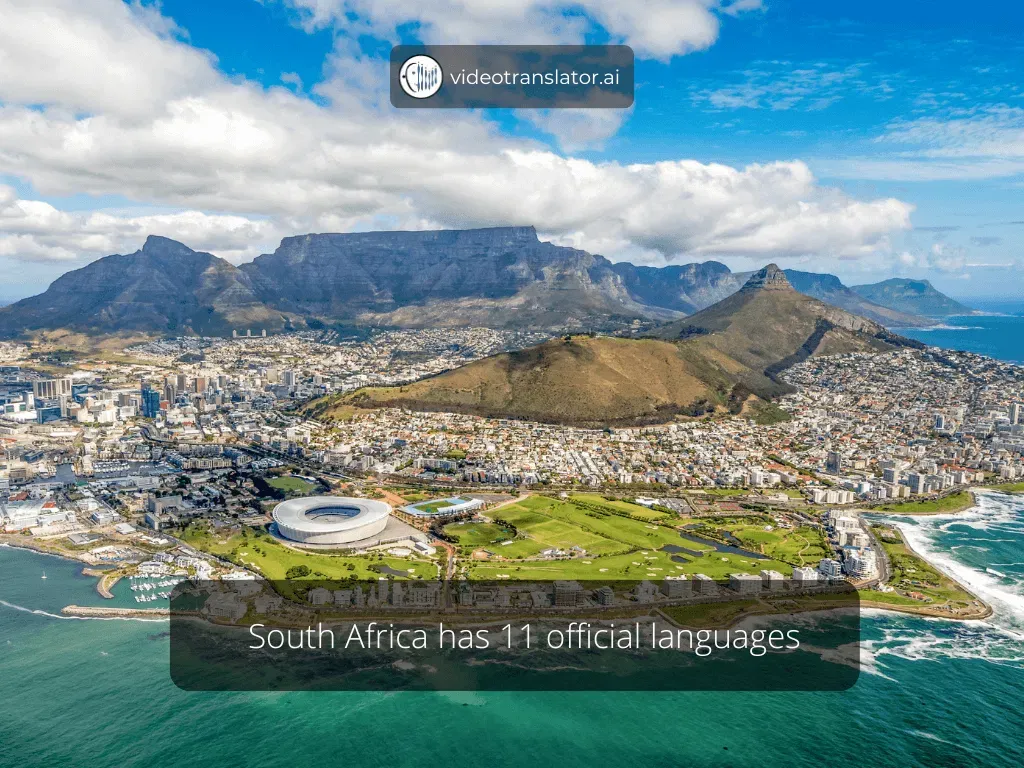
Most South Africans can speak more than one language, and there is very often a diglossia between the official and unofficial language forms for speakers of the latter.
Official languages of South Africa:
1. Zulu
Zulu is the most common language spoken as a first language by South Africans, with about 12 million native speakers and 15 million second language users. All together, Zulu is understood by over 50% of its population.
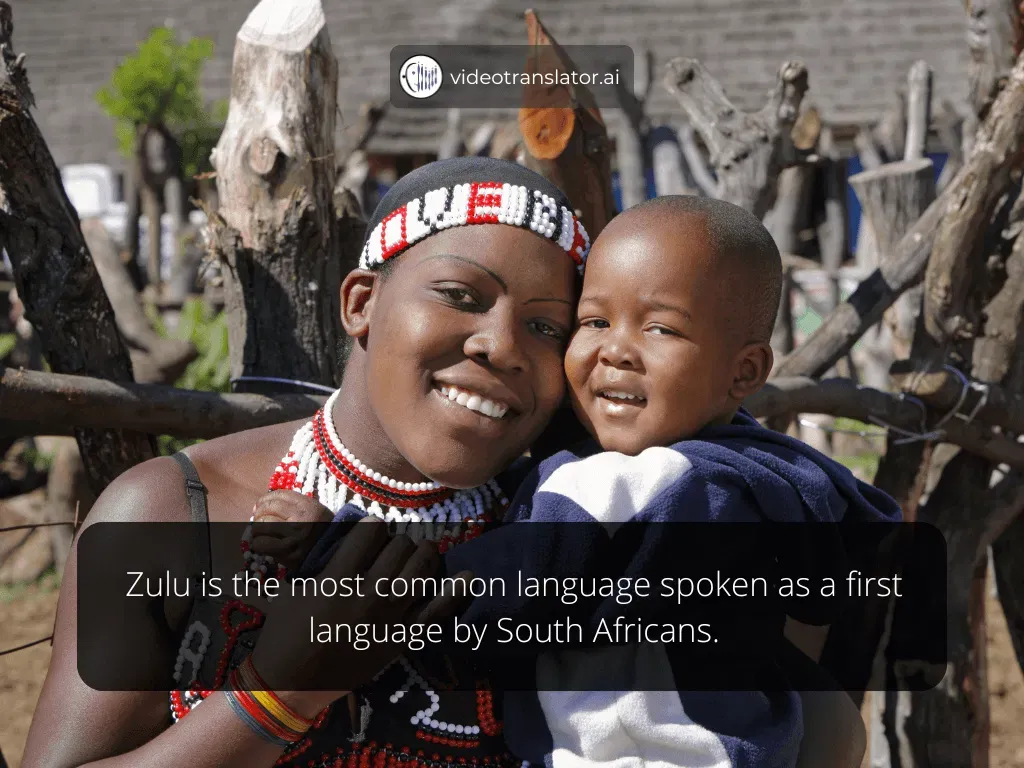
2. Xhosa
Xhosa is the second most common language spoken in South Africa, with 8 million native speakers and 11 million second language users. It is dominantly used in Eastern Cape, Western Cape, Gauteng, and Northern Cape.
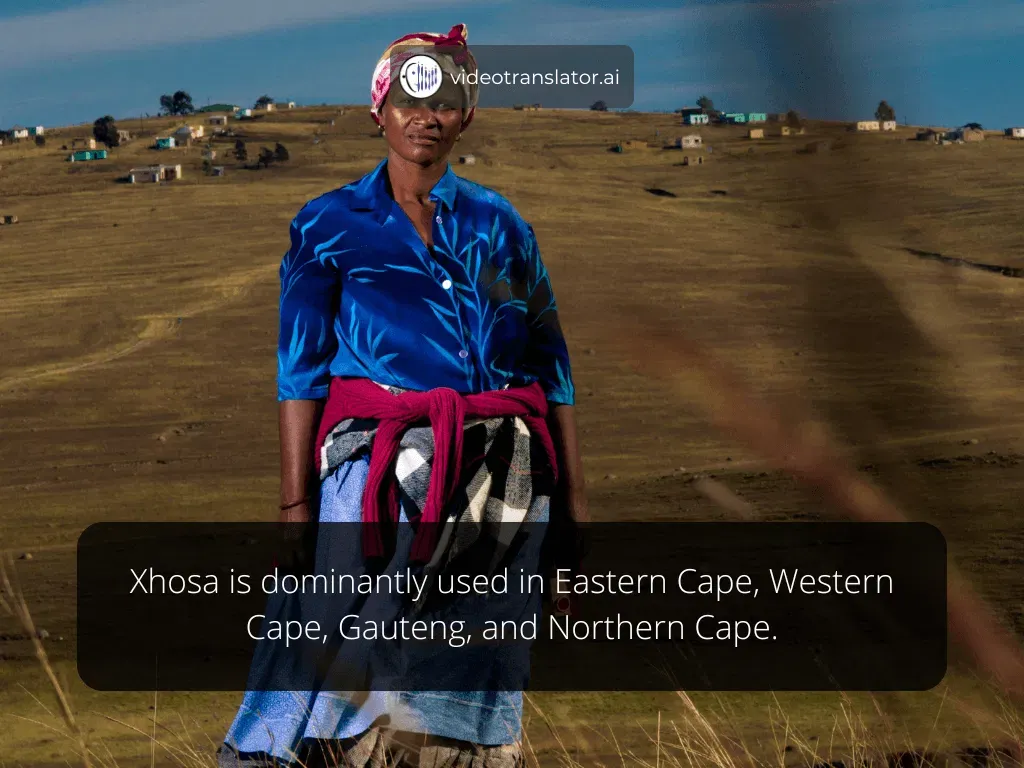
3. Afrikaans
Afrikaans is a version of Dutch that evolved out of a South Holland dialect brought to South Africa in the 1600s. It is the third most common language with a total of 17 million speakers. Of all 11 official languages, Afrikaans has the widest geographic and racial distribution of all the 11 official languages of South Africa, and is widely spoken and understood as a second or third language.
4. English
English is the primary language used in government, business, and the media. Almost 10% of South Africans speak English as their first language, while about 20% speak it as a second or third language.
5. Sepedi
6. Tswana
7. Southern Sotho
8. Tsonga
9. Swazi
10. Venda
11. Southern Ndebele
Switzerland
Famous for its watches and chocolate, the landlocked country of Switzerland has 4 official languages.
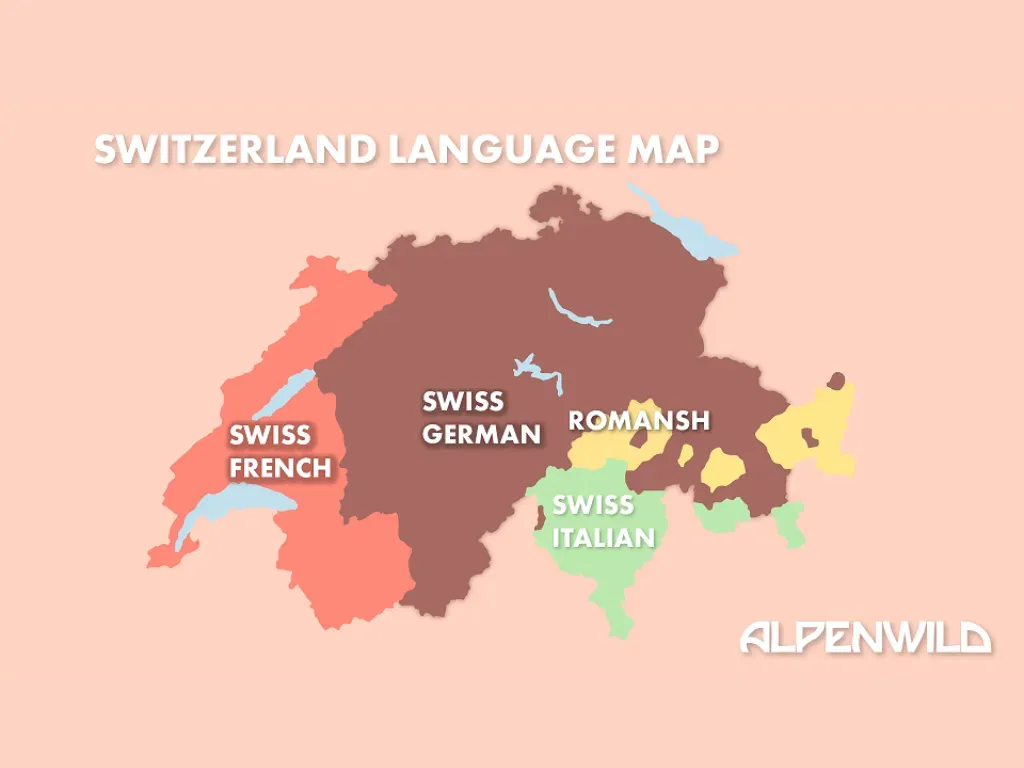
Sharing its border with Italy, France, Germany, Austria, and the Principality of Liechtenstein, Switzerland’s official languages are Italian, French, German, and Romansh.
Although speakers of these languages can be found throughout the country, the four languages are largely confined to specific regions.
Official languages of Switzerland:
1. German
About 65% of the Switzerland region is the German-speaking part of Switzerland (from North-Western Switzerland, Eastern Switzerland, Central Switzerland, most of the Swiss Plateau, and all the way to the greater part of the Swiss Alps).
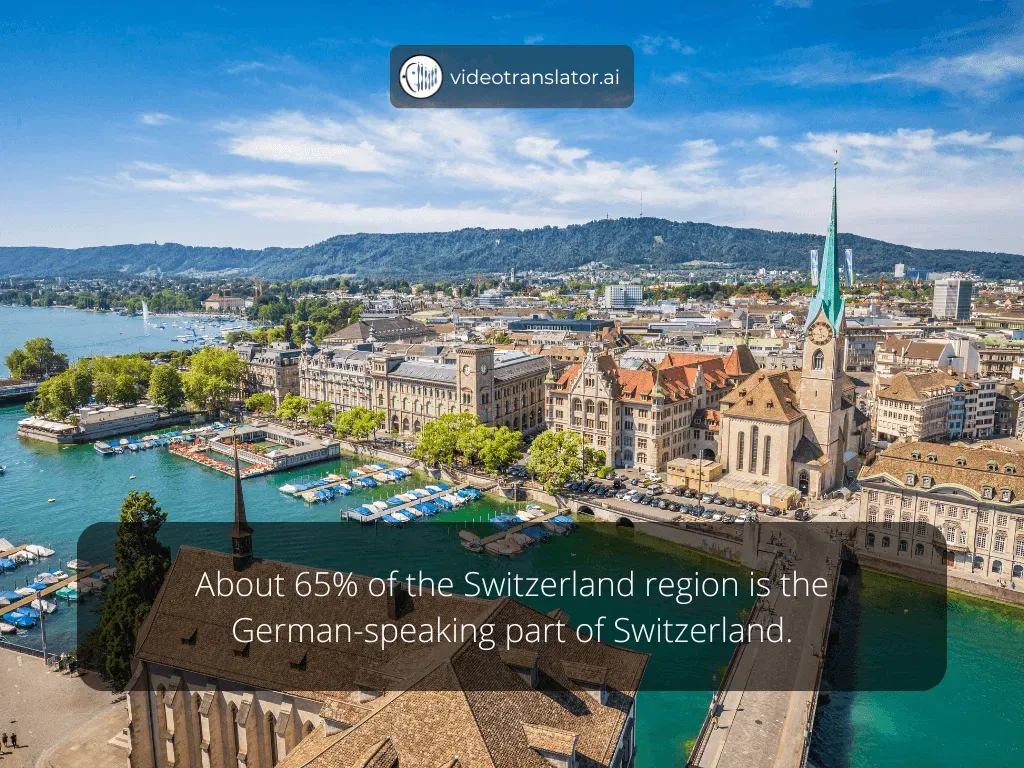
The variety of the German language spoken in Switzerland is called Swiss German, a collection of Alemannic dialects no longer spoken in Germany or Austria. However, Swiss German is not to be confused with German. They are… very different.
Although they mostly speak a dialect, the Swiss are taught Standard German from a very young age in school. Therefore, they can easily communicate with Germans, Austrians and other German speakers without any trouble.
2. French

Twenty percent of the Swiss population speak French, with most of them residing in the western part of the country (which is next to France). So, the popular Swiss destination, Geneva, is entirely French-speaking.
3. Italian
Since the number of immigrants from Italy to Switzerland is reduced, the proportion of Italian-speaking inhabitants had been decreasing. With just a little under 8% speakers, Italian ranks third as the most spoken language in Swiss.
4. Romansh
Although small in the number of speakers, Romansh is used as a medium of governance and education in the south-eastern canton of Grisons. Therefore, Romansh speakers may use their language for correspondence with the federal government and expect to receive a Romansh response
5 - Singapore
Located in South East Asia, this small island country has 4 official languages. Other than English, the three languages were chosen to correspond with the major ethnic groups present in Singapore.
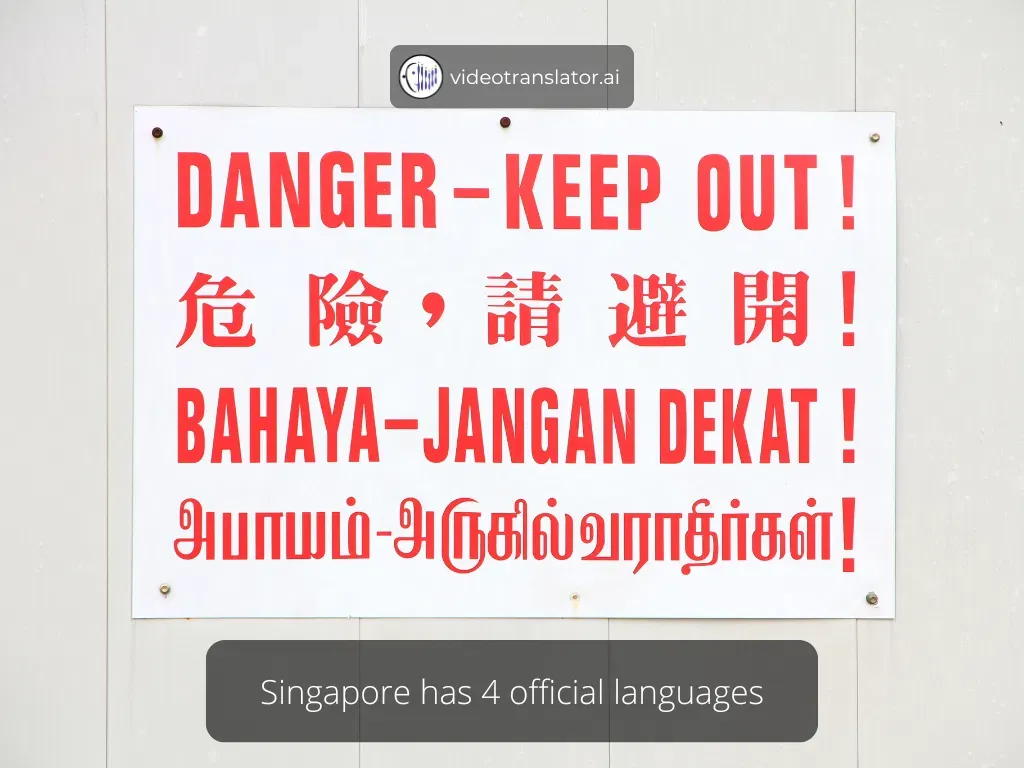
Almost all Singaporeans are bilingual due to Singapore’s bilingual language education policy that promotes a dual-language learning system. Learning a second language has been mandatory since 1960 in primary schools with English used as the main medium of instruction.
Official Languages of Singapore:
1. Malay
Spoken by nearly 13 percent of the Singaporean population, Malay or Bahasa Melayu is the national language of Singapore. Prior to British occupation in Singapore, Malay was predominantly used. Singapore’s national anthem is written in Malay.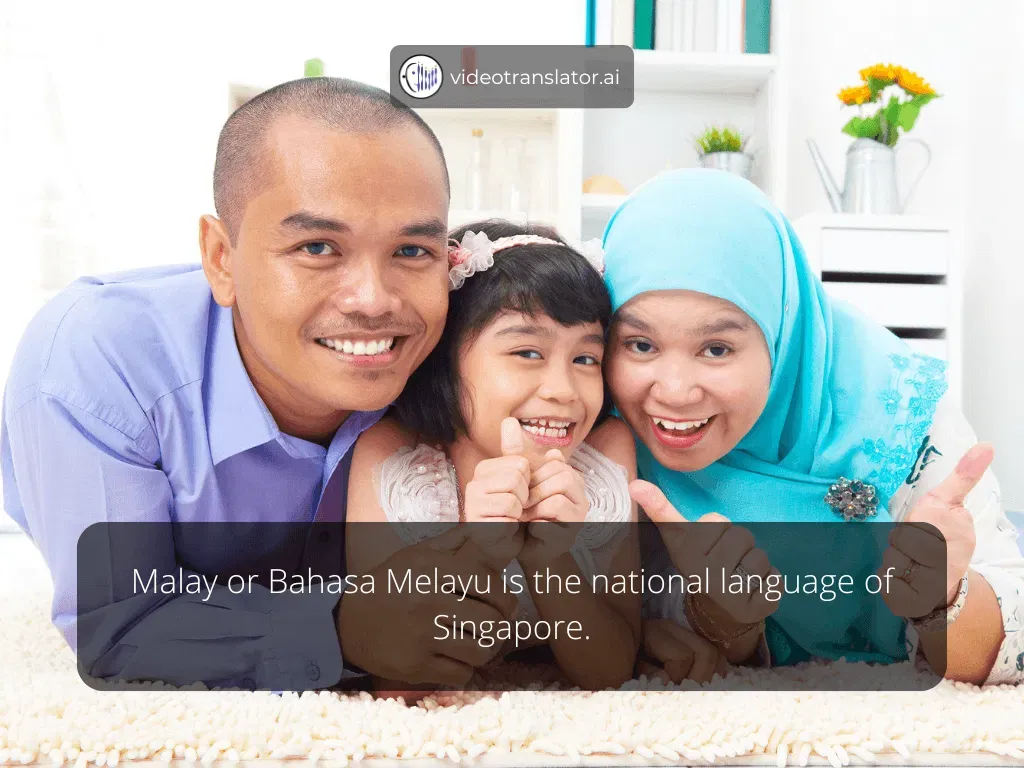
2. English
Although the national language of Singapore is Malay, English is the main language used to conduct various activities. It is used for administration, business, education (except for Mother Tongue lessons), and media.
Singapore is currently one of the most proficient English-speaking countries in Asia, with about 37% of the population speaking it at home.
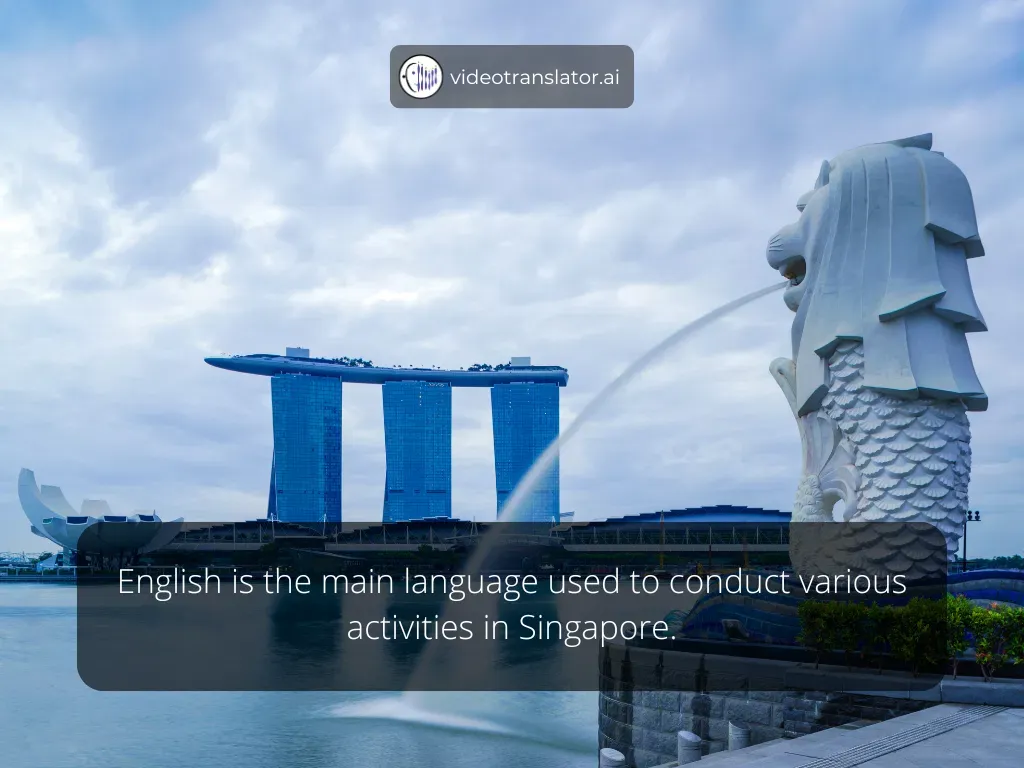
3. Mandarin
According to the population census, Mandarin and other varieties of Chinese are the most common languages spoken at home. They are used by 51% of the population.
Over the years, there is a decline in Mandarin speakers in Singapore as more young Singaporean Chinese are speaking and using English more frequently than Mandarin Chinese. However, the Singaporean government has been doing efforts to preserve the language.
4. Tamil
Among the 9.2% of the Singaporean population of Indian origin, approximately 76.7% of them speak Tamil most frequently as their home language. Tamil taught in school is a deliberately pure form as the Ministry of Education Curriculum Planning and Development Division restricts language development, disallowing loanwords.
Conclusion
In this article, we have discussed the difference between an official language and a national language, and also the 5 countries with the most official languages.
What if you want to reach out to those people, but do not know how to speak their languages? Fear not, because VideoTranslator could help you!
With 65+ languages and 150+ dialects, VideoTranslator could help you reach the international market by providing multilingual video call platform!
Sounds interesting? Why don’t you try it out?
For more information regarding VideoTranslator, don’t hesitate to contact us at hello@videotranslator.ai!
